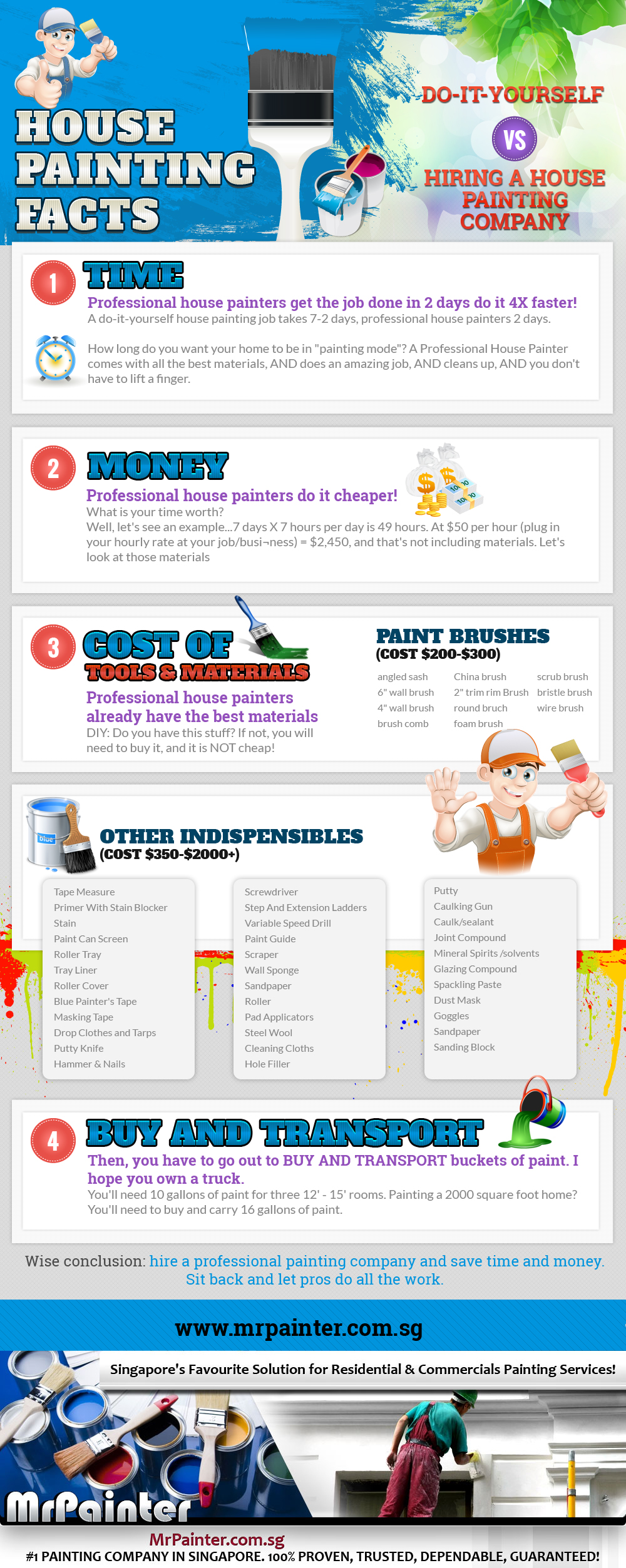Seasonal Factors In Business Exterior Painting: Key Insights You Should Recognize
Seasonal Factors In Business Exterior Painting: Key Insights You Should Recognize
Blog Article
Team Writer-Leach Chaney
When you're preparing a commercial outside painting task, seasonal factors can make or break your results. You'll wish to think about how temperature level and moisture effect paint application and drying times. Picking the best season can ensure your paint sticks correctly and lasts longer. Yet which seasons are absolutely the most effective for this sort of work? Let's discover the crucial elements that can influence your project's success.
The Impact of Temperature on Paint Application
When you're preparing a commercial outside paint task, the temperature can dramatically impact just how well the paint sticks and dries.
Ideally, you want to paint when temperature levels vary in between 50 ° F and 85 ° F. If it's also chilly, the paint may not treat effectively, causing problems like peeling or cracking.
On the other side, if it's too hot, the paint can dry out as well promptly, protecting against appropriate attachment and causing an uneven surface.
You need to likewise take into consideration the moment of day; morning or late afternoon offers cooler temperature levels, which can be extra beneficial.
Constantly examine the maker's suggestions for the particular paint you're utilizing, as they typically offer support on the perfect temperature array for optimal outcomes.
Humidity and Its Impact on Drying Times
Temperature isn't the only ecological factor that affects your industrial exterior painting task; moisture plays a significant duty as well. High humidity levels can decrease drying out times substantially, affecting the total top quality of your paint work.
When the air is saturated with moisture, the paint takes longer to heal, which can lead to issues like inadequate adhesion and a greater threat of mildew development. If painting company broken arrow on a specifically humid day, be gotten ready for prolonged wait times between layers.
It's important to keep track of local climate condition and plan accordingly. Preferably, go for humidity levels in between 40% and 70% for optimum drying out.
Keeping these factors in mind ensures your task remains on track and supplies a long lasting coating.
Best Seasons for Commercial Exterior Painting Projects
What's the most effective season for your industrial exterior painting projects?
Spring and very early loss are generally your best bets. During residential brick , temperatures are moderate, and humidity levels are commonly reduced, creating excellent conditions for paint application and drying.
Stay clear of summer's intense heat, which can create paint to dry also quickly, bring about bad bond and surface. Likewise, winter's cold temperature levels can prevent correct drying out and treating, taking the chance of the longevity of your paint task.
Aim for days with temperature levels between 50 ° F and 85 ° F for optimal results. Keep in mind to inspect the local weather forecast for rain, as wet problems can wreck your task.
Planning around these factors ensures your paint task runs efficiently and lasts much longer.
Conclusion
In conclusion, intending your business outside paint jobs around seasonal considerations can make a considerable distinction in the outcome. By organizing job during the excellent temperature levels and moisture degrees, you'll make certain better adhesion and drying times. Bear in mind to watch on regional weather report and select the right time of year-- springtime and very early fall are your best options. Taking these actions will certainly help you achieve a resilient and professional finish that lasts.
